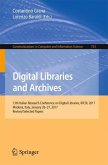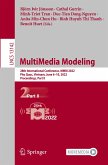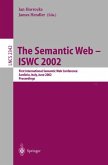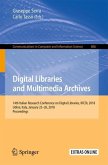WearepleasedtowelcomeyoutotheproceedingsoftheThirdInternationalC- ference onSemantic andDigital Media Technologiesheld inKoblenz,Germany. The SAMT agenda brings together researchers at extreme ends of the - mantic multimedia spectrum. At one end, the Semantic Web and its supporting technologies are becoming established in both the open data environment and within specialist domains, such as corporate intranet search, e-Science (parti- larly life sciences), and cultural heritage. To facilitate the world-wide sharing of media, W3C is developing standard ways of denoting fragments of audio/visual content and of specifying and associating semantics with these. At the other end of the spectrum, media analysis tools continue to grow in sophistication, identifying features that can then be associated with explicit semantics, be they expressed formally or informally, using proprietary formats or open standards. Recent progress at these two fronts of the SAMT spectrum means that research spanningthesemanticgapisnowofvitalimportancetofeedtherealapplications that are emerging. This conference also represents a step towards bridging the gap between the research cultures and their respective approaches at both ends of the spectrum. The papers selected show that SAMT is able to attract researchers from media analysis, who see the bene?ts that more explicit semantics can provide, as well as researchers from knowledge engineering who realize that, while a picture can be expressed as a thousand concepts, a million morearewaiting to be extracted.








